Your Is mitochondria in plant and animal cells images are ready in this website. Is mitochondria in plant and animal cells are a topic that is being searched for and liked by netizens now. You can Download the Is mitochondria in plant and animal cells files here. Download all royalty-free vectors.
If you’re searching for is mitochondria in plant and animal cells images information related to the is mitochondria in plant and animal cells interest, you have visit the ideal site. Our site always gives you suggestions for seeing the maximum quality video and image content, please kindly surf and locate more informative video content and images that fit your interests.
Is Mitochondria In Plant And Animal Cells. The short answer is yes. This comparison of mitochondria in plant and animal cells brings to light a truly remarkable degree of similarity. Of the lipid component, 90% is phospholipid and 10% carotenoids, cholesterol, vitamin e and other traces. Because plants cannot obtain sugar from food, they must rely on sunshine to do it.
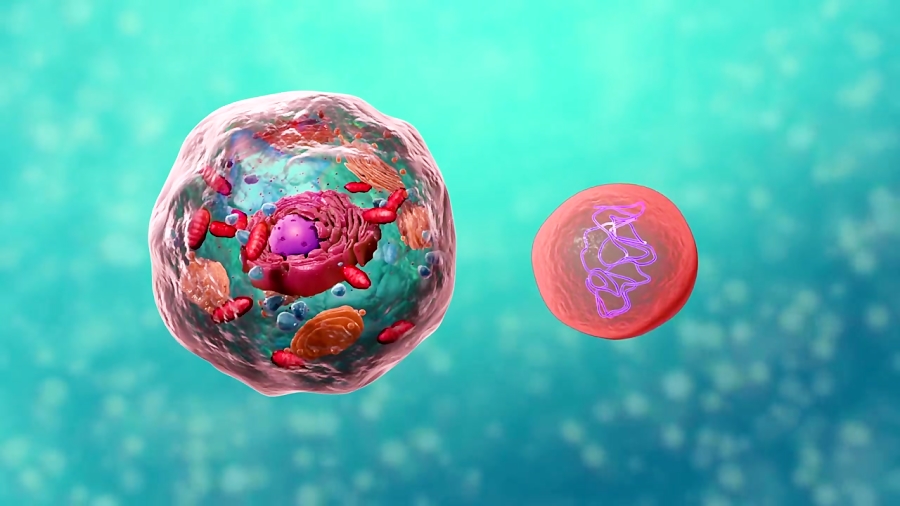 Biology Cell Structure I Nucleus Medical Media From aparat.com
Biology Cell Structure I Nucleus Medical Media From aparat.com
Similar fixatives preserve them, modify them and destroy them, in like manner, in both. Its size ranges from 0.5 to 1.0 micrometre in diameter. The function of the mitochondria in both plant and animal cells is to produce energy for the cell via atp production as part of the krebs cycle. The job of the mitochondria in the cell is to produce the proteins necessary for the life of the cell. The fact that mitochondria in plants are particularly flexible and have special mechanisms for supporting processes in other cell organelles, is something that has been known for many years now. Animal and plant cells differ and they have similarities.
The function of the mitochondria in both plant and animal cells is to produce energy for the cell via atp production as part of the krebs cycle.
Mitochondria in animal cells usually outnumber cell organelles 10 to one. Its size ranges from 0.5 to 1.0 micrometre in diameter. The function of the mitochondria in both plant and animal cells is to produce energy for the cell via atp production as part of the krebs cycle. The gross chemical composition of mitochondria varies in different cells of both plants and animals. Amounts of mitochondria differ in plant and animal cells. The short answer is yes.
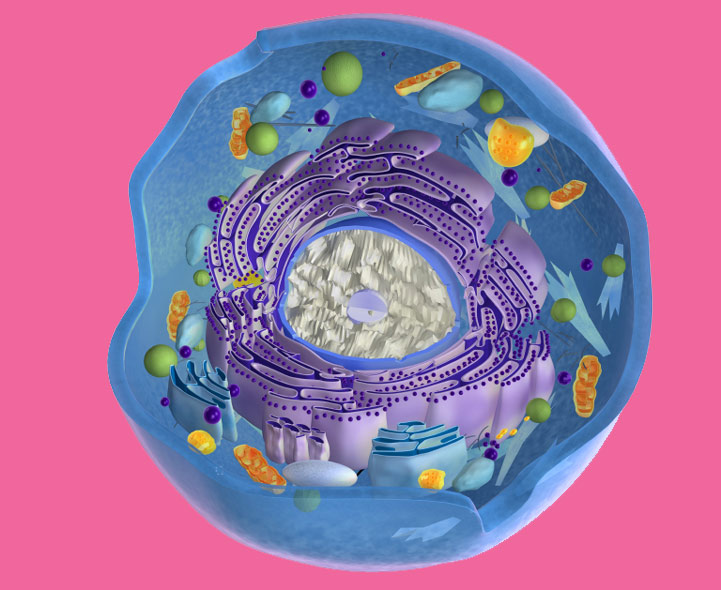 Source: educationquizzes.com
Source: educationquizzes.com
Furthermore, it is no surprise that mitochondria are present in both plants and animals, implying major shared regulatory, bioenergetic, and chemical substrate pathways. Mitochondria in animal cells usually outnumber cell organelles 10 to one. A deeper understanding of nci and its impact on development, stress. Just as the chloroplasts in plants act as sugar factories for the supply of ordered molecules to the plant, the mitochondria in animals and plants act to produce the ordered atp molecules as the energy supply for the processes of life. This comparison of mitochondria in plant and animal cells brings to light a truly remarkable degree of similarity.
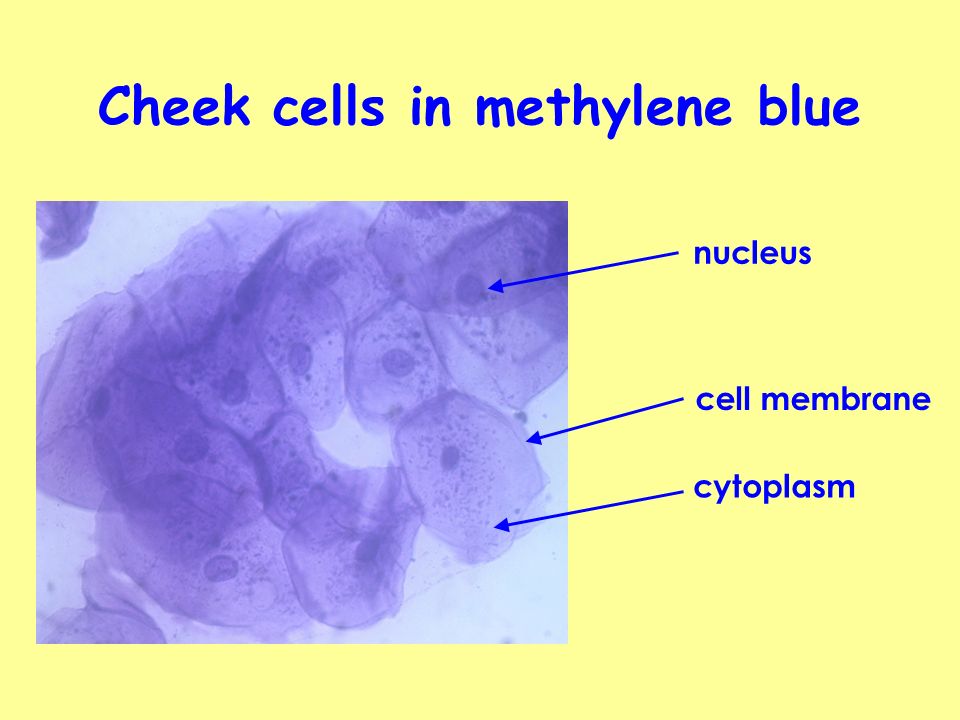 Source: socratic.org
Source: socratic.org
What types of eukaryotic cells contain mitochondria? The organelle that is responsible for producing energy for the cell is the mitochondria. It could be read as “how do mitochondria cells, plant cells, and animal cells differ?” and (with some generosity), it could be read as. Plant cells have chloroplasts, while mitochondria are found only in animal cells. The chloroplast is where this process (photosynthesis) occurs.
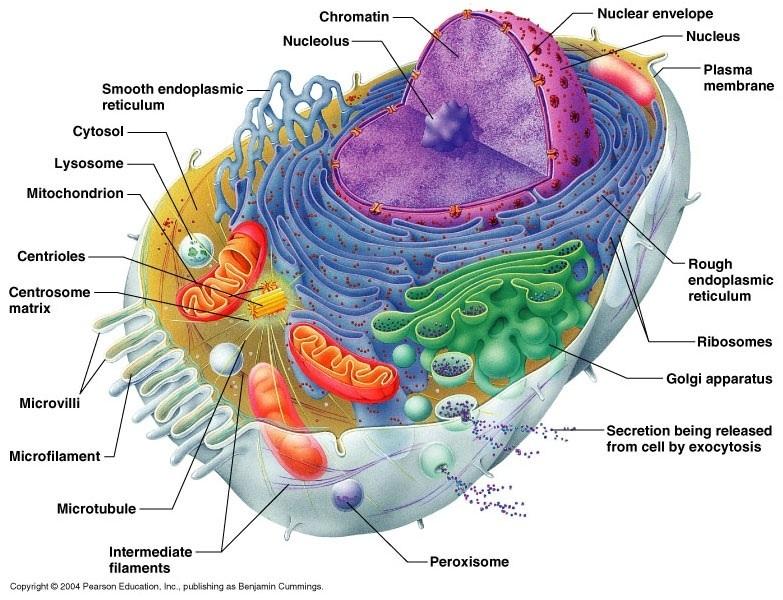 Source: easynotecards.com
Source: easynotecards.com
Similar fixatives preserve them, modify them and destroy them, in like manner, in both. Both cell types need a large supply of energy for a multicellular organism. The question, as stated, is difficult to parse. A deeper understanding of nci and its impact on development, stress. Commonalities of energy processing in both plants and animals have become even stronger by the finding that chloroplast can be found in animal cells.
 Source: uni-mainz.de
Source: uni-mainz.de
Mitochondria is a eukaryotic organ that lives in living things like plant cells, animals and fungi. This comparison of mitochondria in plant and animal cells brings to light a truly remarkable degree of similarity. Thus, both eukaryotic cell types need mitochondria. Typically, however, by dry weight mitocondria are about 65 to 75% protein and nearly 25 to 30% lipids. Animal and plant cells differ and they have similarities.
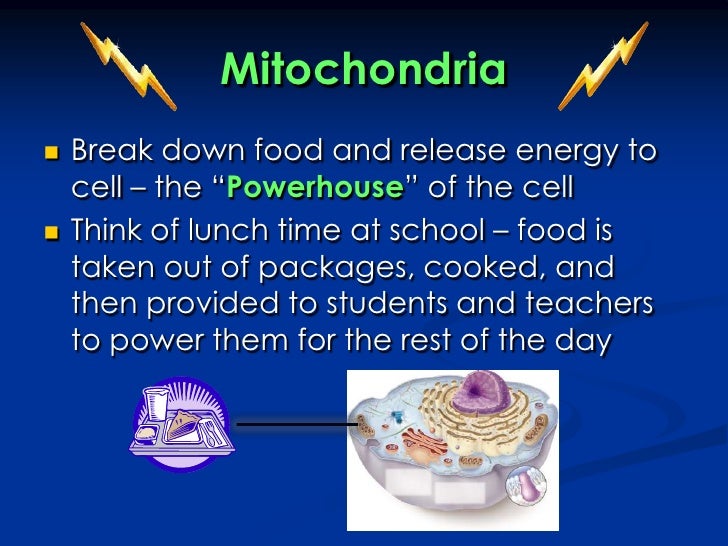 Source: slideshare.net
Source: slideshare.net
Mitochondria in animal cells usually outnumber cell organelles 10 to one. The function of the mitochondria in both plant and animal cells is to produce energy for the cell via atp production as part of the krebs cycle. The chloroplast is where this process (photosynthesis) occurs. A deeper understanding of nci and its impact on development, stress. Its size ranges from 0.5 to 1.0 micrometre in diameter.
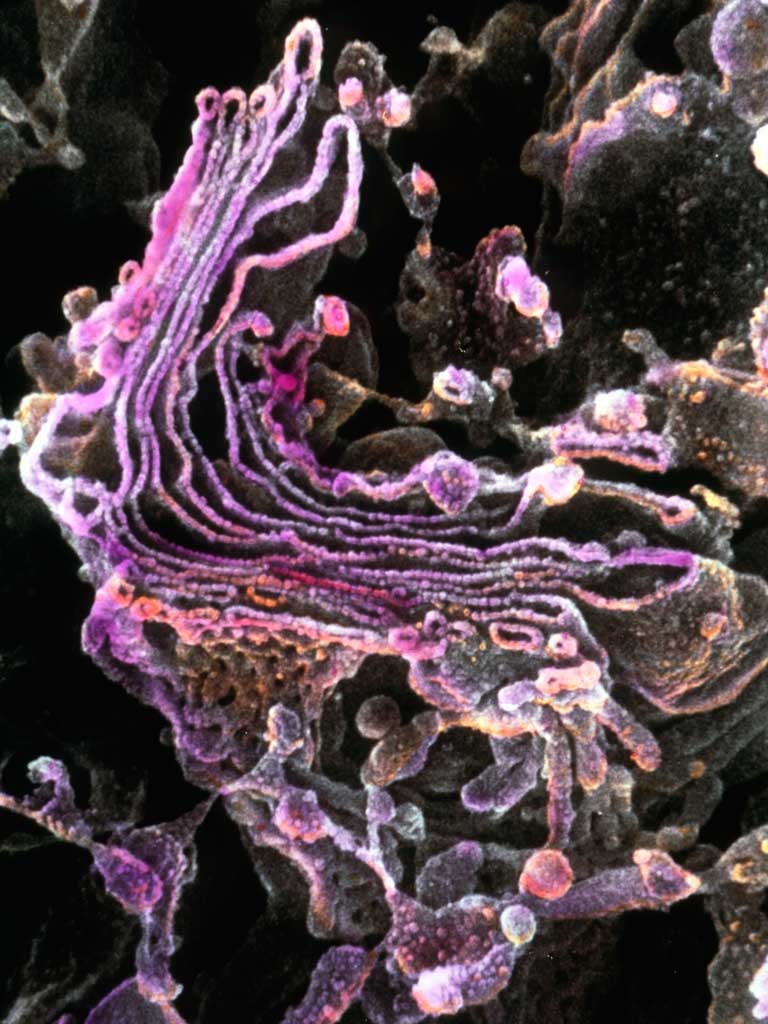 Source: blinklearning.com
Source: blinklearning.com
Plant mitochondria are larger than those in animal cells and contain fewer cristae (storage areas for cell energy). Both plant cells and animal cells need mitochondria. Plant cells have chloroplasts, while mitochondria are found only in animal cells. The function of the mitochondria in both plant and animal cells is to produce energy for the cell via atp production as part of the krebs cycle. However, plant mitochondria are present at a ratio of 2:1 over cell organelles.
 Source: aparat.com
Source: aparat.com
The mitochondria is pivotal in dinstegrating the sugar synthesized in. Thus, both eukaryotic cell types need mitochondria. This comparison of mitochondria in plant and animal cells brings to light a truly remarkable degree of similarity. Similar fixatives preserve them, modify them and destroy them, in like manner, in both. Plant and animal cells both have mitochondria the only difference being plant cells additionally have chloroplasts.
This site is an open community for users to submit their favorite wallpapers on the internet, all images or pictures in this website are for personal wallpaper use only, it is stricly prohibited to use this wallpaper for commercial purposes, if you are the author and find this image is shared without your permission, please kindly raise a DMCA report to Us.
If you find this site adventageous, please support us by sharing this posts to your preference social media accounts like Facebook, Instagram and so on or you can also bookmark this blog page with the title is mitochondria in plant and animal cells by using Ctrl + D for devices a laptop with a Windows operating system or Command + D for laptops with an Apple operating system. If you use a smartphone, you can also use the drawer menu of the browser you are using. Whether it’s a Windows, Mac, iOS or Android operating system, you will still be able to bookmark this website.





